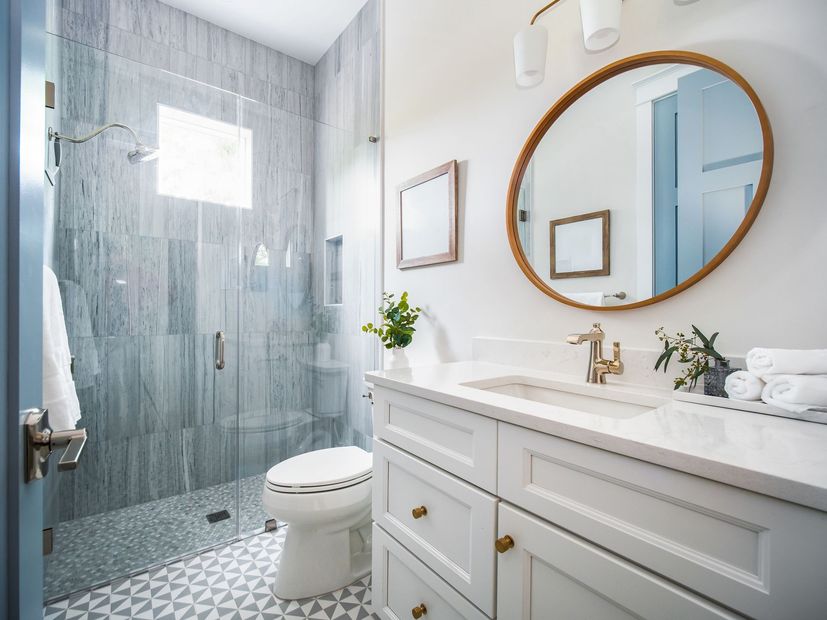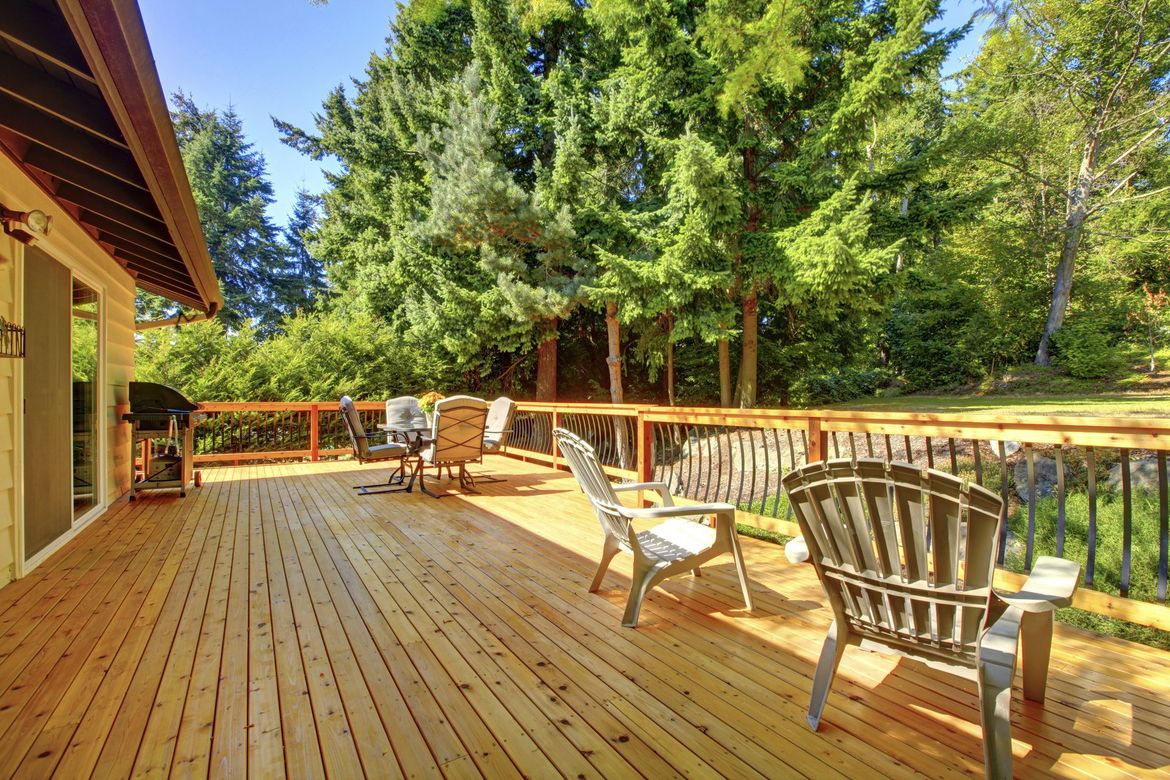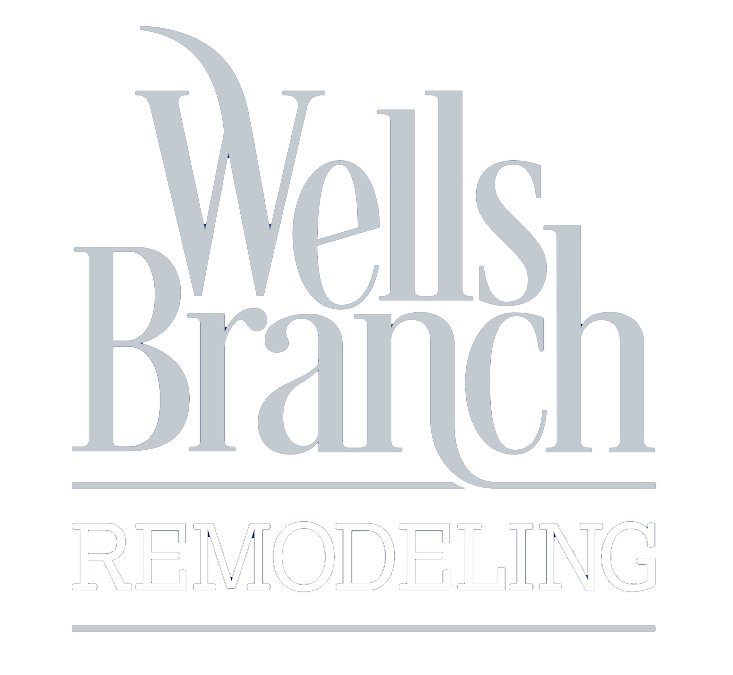Your dream home is just a call away
Partner with our home remodeling company in the Lago Vista, TX area
From idea to reality, our pros have your back
Ask about our reliable home remodeling services in or around Lago Vista, TX
Ready to breathe new life into your space? Our locally owned and operated home remodeling company is here to bring your vision to life, no matter what the details involve. Wells Branch Remodeling has built a reputation for reliable home remodeling and commercial remodeling work over the past 12+ years, offering top-quality craftsmanship and attention to detail throughout the entire process.
We’ll work hard to update your property in Lago Vista or Lakeway in the exact ways you have in mind. Get started today by calling 512-662-2194 for a free estimate.
Proudly giving free estimates on stunning transformations
Call 512-662-2194 to get started today
Why choose Wells Branch Remodeling?
There’s no shortage of home and commercial remodelers in the area. But when you choose Wells Branch Remodeling, you’re partnering with a dedicated home remodeling company that’s passionate about delivering results that exceed your expectations.
You can trust our team because we:
- Are locally owned and operated
- Have a proven track record of 12 years in business
- Have our owner on-site to oversee every project directly
Discover the difference a top-quality team can make by reaching out to one of our pros today.

We’re here for all your remodeling needs
Our team believes that every project is unique and deserves the utmost care and precision. Whether you’re updating your kitchen, redesigning your office or embarking on a complete renovation, our reliable home remodeling team is here to help. Let us lend a hand with:
Kitchen remodels
Bathroom remodels
Full renovations
Decking additions
Contact us today for your free estimate. We’re eager to turn your ideas into a reality.



